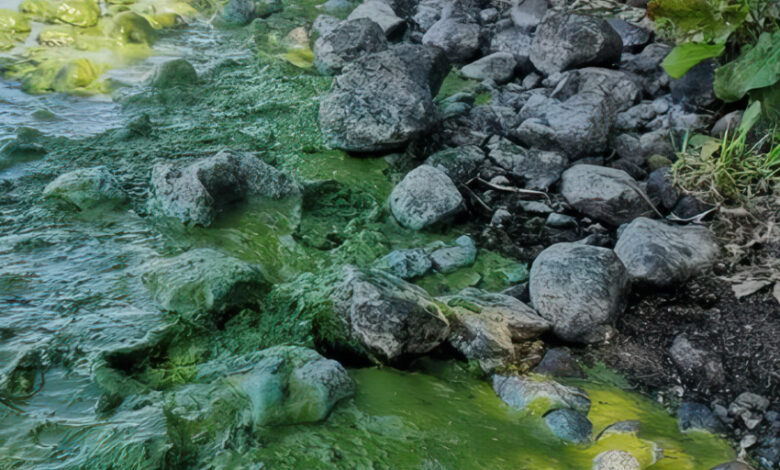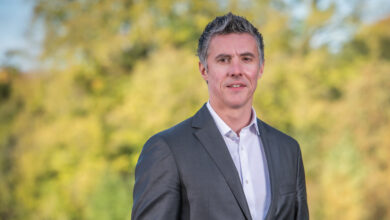Lough Neagh: An ecological catastrophe

Over the course of 2023, Lough Neagh has been engulfed with an ecological disaster characterised by explosive growth of green-blue algae.
Affecting the source of around 40 per cent of Northern Ireland’s drinking water, the algal bloom has caused devastation to marine and local wildlife, and it has been estimated by experts that it will take up to 21 years to restore the lough to an acceptable water quality.
Although the algal bloom caught headlines through the summer of 2023, the risks posed by pollution, which emanates predominantly from the agricultural sector, have been known for some time. The most recent assessment of water quality status, published in 2021, showed that Lough Neagh was at ‘bad’ ecological status.
The report by the Department of Agriculture, Environment and Rural Affairs (DAERA) further showed total phosphorus and the other biological quality elements that respond to high levels of phosphorus as being at less than ‘good’ status, thus indicating a nutrient enrichment within the lough.
This level of pollution was exacerbated by a record water temperature recorded in the lough of 17.4oC. This temperature, recorded in June 2023, made it possible for the algae, technically classified as a cyanobacteria, festering in the lough to reproduce at a rate significantly higher than usual.
Green-blue algae naturally inhabits freshwater, coastal, and marine waters. Like plants, it requires sunlight, nutrients, and carbon dioxide to grow and reproduce. DAERA has stated that tests conducted over the late summer and early autumn of 2023 show that the water in the lough is three-times clearer than was recorded in 2019.
The spread of the invasive zebra mussel species is believed to have played a role in making the water clearer, allowing more sunlight to penetrate, stimulating more algal photosynthesis.
Among the many reasons cited by experts has been neglect from the Executive. Although a draft of the third iteration of the River Basin Management Plan was signed off by then-Minister for Agriculture, Environment and Rural Affairs Edwin Poots MLA in October 2022, this has not been formally adopted as policy by the Department due to the fact it was not formally signed off by the Executive.
This neglect from the Executive has been shadowed by an ambiguity over who owns the lough, and therefore who bears ultimate responsibility.
The majority of the land around the lough is owned by Nicolas Ashley-Cooper, who holds the honorific title of Earl of Shaftesbury. The ownership of this land has been part of the estate of the Earl of Shaftesbury since the 17th century. Ashley-Cooper has stated that while he is willing to sell his land to the public, that he “will not give it away for free”.
The biggest source of pollution, according to Pieter-Jan Schön from the Agri-Food and Biosciences Institute, is agriculture. Meanwhile, the deputy president of the Ulster Farmers’ Union, John McClenaghan, has said that there is a need to “work collectively” to restore the lough.
SDLP Stormont leader Matthew O’Toole MLA said in September 2023 that resolving the pollution in Lough Neagh “demands intense, coordinated and cooperative action at every level in response”.
The algal bloom has notably subsided through October and November 2023, but future challenges remain if the level of pollution in the lough is not resolved.
Although there was an attempted recall of the Assembly by the SDLP in September 2023, politicians remain unable to step up to the challenge of providing the necessary leadership to resolve this ecological disaster amid the ongoing DUP boycott of the institutions.




